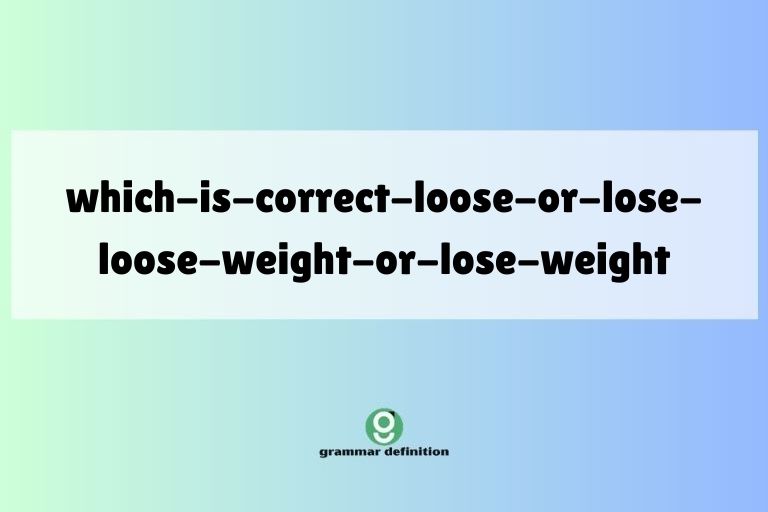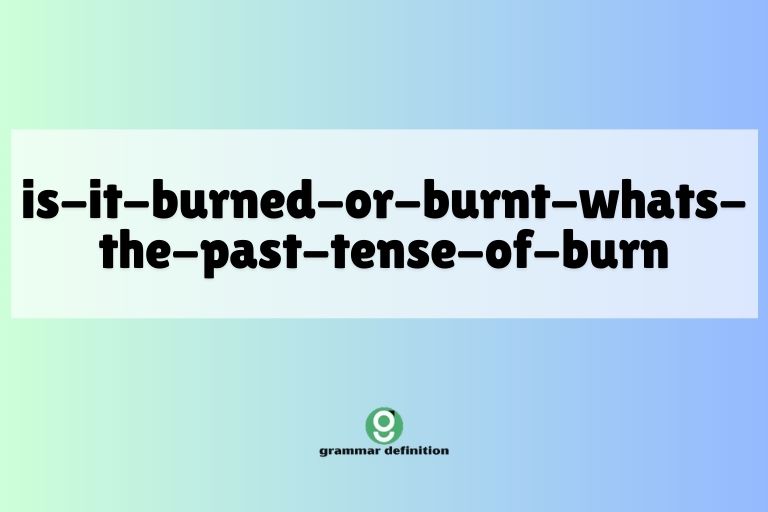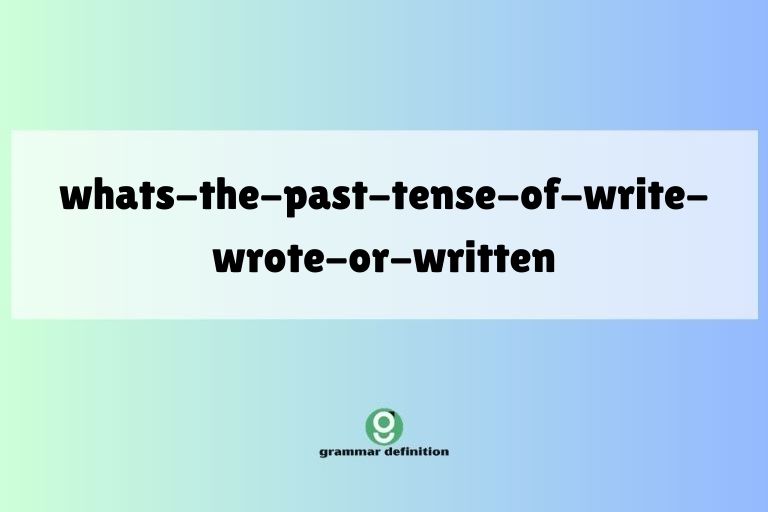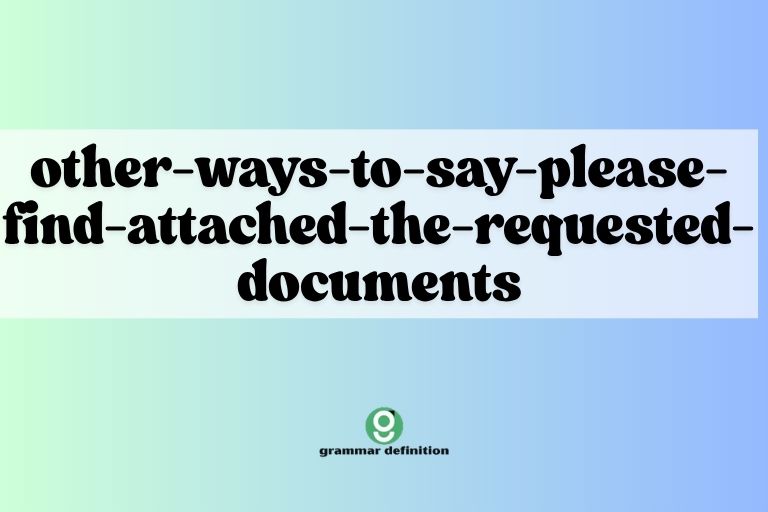Mastering Action Verbs: Definition, Usage, and Examples
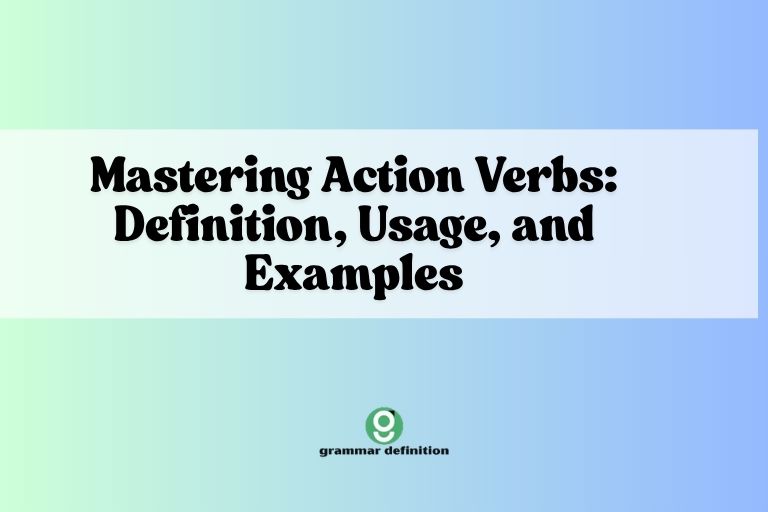
Action verbs are the backbone of any English sentence, injecting dynamism and clarity into our communication. They describe what someone or something is doing, whether it’s a physical activity like running or a mental process like thinking.
Understanding action verbs is crucial for constructing grammatically correct and engaging sentences. This article provides a comprehensive guide to action verbs, covering their definition, types, usage rules, common mistakes, and advanced applications.
Whether you’re a beginner learning the basics or an advanced learner looking to refine your understanding, this guide will help you master the art of using action verbs effectively.
This guide is designed for English language learners of all levels, from beginners to advanced speakers. It will also benefit teachers looking for a structured resource to teach action verbs.
By the end of this article, you’ll have a solid understanding of action verbs and be able to use them confidently in your writing and speaking.
Table of Contents
- Definition of Action Verbs
- Structural Breakdown of Action Verbs
- Types or Categories of Action Verbs
- Examples of Action Verbs
- Usage Rules for Action Verbs
- Common Mistakes with Action Verbs
- Practice Exercises
- Advanced Topics: Stative vs. Dynamic Verbs
- Frequently Asked Questions (FAQ)
- Conclusion
Definition of Action Verbs
An action verb is a word that describes a specific activity or action. It shows what the subject of a sentence is doing. Action verbs can express physical actions (like run, jump, eat) or mental actions (like think, believe, imagine). They are essential for making sentences dynamic and engaging. Action verbs are the opposite of stative verbs, which describe states of being or conditions rather than actions.
Action verbs are a fundamental part of English grammar, providing the movement and energy within sentences. They allow us to depict events, processes, and occurrences, making our language more vivid and descriptive.
Understanding action verbs is crucial for clear communication, as they specify what is happening in a given situation.
Structural Breakdown of Action Verbs
Action verbs can be analyzed based on their structure and how they interact with other elements in a sentence. Here’s a breakdown of their key structural components:
- Base Form: This is the infinitive form of the verb without “to” (e.g., run, eat, write).
- Third-Person Singular Present: This form adds “-s” or “-es” to the base form when the subject is a singular noun or pronoun (e.g., he runs, she eats, it writes).
- Past Simple: This form usually adds “-ed” to the base form for regular verbs (e.g., ran, ate, wrote). Irregular verbs have unique past simple forms.
- Past Participle: This form is used with auxiliary verbs to create perfect tenses (e.g., have run, had eaten, will have written). For regular verbs, it’s the same as the past simple, but irregular verbs have different forms.
- Present Participle: This form adds “-ing” to the base form and is used to create continuous tenses (e.g., is running, was eating, are writing).
Understanding these different forms is essential for using action verbs correctly in various tenses and sentence structures. Each form plays a specific role in conveying the timing and duration of the action.
Types or Categories of Action Verbs
Action verbs can be categorized based on whether they require a direct object (transitive) or not (intransitive). Additionally, understanding the difference between action verbs and linking verbs is crucial for constructing grammatically correct sentences.
Transitive Verbs
A transitive verb is an action verb that requires a direct object to complete its meaning. The direct object is the noun or pronoun that receives the action of the verb. In other words, it answers the question “what?” or “whom?” after the verb.
For example, in the sentence “She kicked the ball,” the verb “kicked” is transitive because it has a direct object, “the ball.” The ball is what she kicked.
Intransitive Verbs
An intransitive verb is an action verb that does not require a direct object to complete its meaning. The action is complete without needing to act upon something else. The verb can stand alone or be followed by an adverb or prepositional phrase.
For example, in the sentence “The baby slept soundly,” the verb “slept” is intransitive because it does not have a direct object. The sentence is complete without needing to know what the baby slept.
Linking Verbs (vs. Action Verbs)
Linking verbs connect the subject of a sentence to a noun or adjective that describes or identifies the subject. They do not show action; instead, they link the subject to additional information about it. Common linking verbs include be (is, am, are, was, were, been, being), become, seem, appear, look, feel, taste, smell, and sound.
It’s important to distinguish between linking verbs and action verbs because they function differently in a sentence. Action verbs show what the subject does, while linking verbs describe what the subject is.
For example:
- Action Verb: She runs every morning. (Runs shows an action.)
- Linking Verb: She is a doctor. (Is links the subject “she” to the noun “doctor.”)
Auxiliary Verbs (Helping Verbs)
Auxiliary verbs, also known as helping verbs, are used with main verbs to form verb phrases. They help to express tense, mood, voice, and other grammatical aspects of the verb. Common auxiliary verbs include be (is, am, are, was, were, been, being), have (has, had), and do (does, did).
Auxiliary verbs work together with action verbs to create more complex verb structures. They provide additional information about the action, such as when it happened or whether it is ongoing.
For example:
- She is running. (Is is an auxiliary verb helping the main verb running.)
- They have eaten. (Have is an auxiliary verb helping the main verb eaten.)
- He does not understand. (Does is an auxiliary verb helping the main verb understand.)
Examples of Action Verbs
Here are several examples of action verbs, categorized for clarity. These tables will help you understand how action verbs are used in different contexts.
The following table provides examples of physical action verbs. These verbs describe actions that involve movement or physical activity.
| Action Verb | Example Sentence |
|---|---|
| Run | The athlete runs five miles every day. |
| Jump | The children jumped over the puddle. |
| Swim | She swims in the ocean every summer. |
| Walk | They walk to school together. |
| Dance | He dances beautifully at the party. |
| Sing | The choir sings every Sunday. |
| Climb | The monkey climbed the tree. |
| Lift | He lifts weights at the gym. |
| Carry | She carries her books in a backpack. |
| Push | They pushed the car out of the snow. |
| Pull | He pulled the door open. |
| Throw | She threw the ball to her dog. |
| Catch | He caught the ball with ease. |
| Kick | The player kicked the soccer ball. |
| Hit | She hit the nail with a hammer. |
| Write | He writes novels in his spare time. |
| Read | She reads a book every night. |
| Eat | They eat dinner together as a family. |
| Drink | He drinks water after exercising. |
| Sleep | The baby sleeps peacefully in her crib. |
| Cook | She cooks delicious meals for her friends. |
| Clean | He cleans his apartment every weekend. |
| Drive | She drives to work every day. |
| Ride | He rides his bicycle in the park. |
| Build | They built a house together. |
| Repair | He repaired the broken bicycle. |
| Paint | She paints beautiful landscapes. |
The following table provides examples of mental action verbs. These verbs describe actions that involve thinking, feeling, or perceiving.
| Action Verb | Example Sentence |
|---|---|
| Think | I think about you often. |
| Believe | She believes in herself. |
| Imagine | He imagines flying in the sky. |
| Know | They know the answer to the question. |
| Understand | She understands the concept. |
| Remember | He remembers his childhood fondly. |
| Forget | I often forget my keys. |
| Learn | She learns new things every day. |
| Consider | They consider all the options. |
| Decide | He decided to take the job. |
| Hope | We hope for a better future. |
| Wish | She wishes she could travel the world. |
| Dream | He dreams of becoming a famous artist. |
| Fear | They fear the unknown. |
| Love | She loves her family very much. |
| Hate | He hates being late. |
| Want | I want to learn a new language. |
| Need | She needs to rest after a long day. |
| Feel | He feels happy when he’s with his friends. |
| See | I see the mountains in the distance. |
| Hear | She hears the birds singing in the morning. |
| Smell | He smells the coffee brewing. |
| Taste | She tastes the sweetness of the cake. |
| Notice | I notice the change in the weather. |
| Recognize | He recognizes her from across the room. |
The following table provides examples of verbs used in business contexts. These verbs are commonly used to describe actions related to work, finance, and management.
| Action Verb | Example Sentence |
|---|---|
| Work | She works at a marketing firm. |
| Manage | He manages a team of developers. |
| Sell | They sell products online. |
| Buy | She buys supplies for the office. |
| Invest | He invests in stocks and bonds. |
| Earn | They earn a good salary. |
| Spend | She spends money wisely. |
| Save | He saves money for retirement. |
| Create | They create innovative solutions. |
| Develop | She develops new products. |
| Market | He markets the company’s brand. |
| Promote | They promote their employees. |
| Negotiate | She negotiates contracts. |
| Plan | He plans the company’s strategy. |
| Organize | They organize events. |
| Lead | She leads the team effectively. |
| Train | He trains new employees. |
| Hire | They hire qualified candidates. |
| Fire | She fired the underperforming employee. |
| Report | He reports the progress to the manager. |
| Analyze | She analyzes the data. |
| Calculate | He calculates the expenses. |
| Budget | They budget the funds carefully. |
| Review | She reviews the documents. |
| Present | He presents the findings. |
Usage Rules for Action Verbs
Using action verbs correctly involves understanding subject-verb agreement, tense, and voice. Here are some key rules to follow:
- Subject-Verb Agreement: The verb must agree in number with the subject. If the subject is singular, the verb must be singular. If the subject is plural, the verb must be plural.
- Example: He runs (singular) vs. They run (plural).
- Tense: Use the correct tense to indicate when the action occurred (past, present, future).
- Example: She ran yesterday (past) vs. She runs today (present) vs. She will run tomorrow (future).
- Voice: Use active voice when the subject performs the action and passive voice when the subject receives the action.
- Example: Active: She wrote the letter. Passive: The letter was written by her.
- Transitive Verbs: Always include a direct object after a transitive verb.
- Incorrect: He kicked. Correct: He kicked the ball.
- Intransitive Verbs: Do not include a direct object after an intransitive verb.
- Incorrect: She slept the bed. Correct: She slept soundly.
Common Mistakes with Action Verbs
Here are some common mistakes that learners make when using action verbs, along with corrections:
| Incorrect | Correct | Explanation |
|---|---|---|
| He run fast. | He runs fast. | Subject-verb agreement: singular subject “he” requires the singular verb form “runs.” |
| She is eat now. | She is eating now. | Correct tense: use the present continuous tense “is eating” to describe an action happening now. |
| They was happy. | They were happy. | Subject-verb agreement: plural subject “they” requires the plural verb form “were.” |
| I have saw the movie. | I have seen the movie. | Correct past participle: use the correct past participle form “seen” with the auxiliary verb “have.” |
| She sleep the bed. | She sleeps in the bed. | “Sleep” is intransitive, so it doesn’t take a direct object. Use a prepositional phrase instead. |
| He kicked. | He kicked the ball. | “Kicked” is transitive, so it needs a direct object to complete its meaning. |
| The book is write by her. | The book was written by her. | Correct passive voice: use the correct form of the verb “be” and the past participle “written.” |
| I am agree with you. | I agree with you. | “Agree” is a stative verb and doesn’t usually use the continuous form. |
| She is knowing the answer. | She knows the answer. | “Know” is a stative verb and doesn’t usually use the continuous form. |
Practice Exercises
Test your understanding of action verbs with these practice exercises. Choose the correct form of the verb in each sentence.
Exercise 1: Subject-Verb Agreement
| Question | Options | Answer |
|---|---|---|
| The dog ______ in the park. | (a) play (b) plays | (b) plays |
| They ______ to school every day. | (a) walk (b) walks | (a) walk |
| She ______ a book every night. | (a) read (b) reads | (b) reads |
| We ______ to the music. | (a) dance (b) dances | (a) dance |
| He ______ his homework after school. | (a) do (b) does | (b) does |
| My friends ______ to the beach every summer. | (a) go (b) goes | (a) go |
| The cat ______ on the windowsill. | (a) sleep (b) sleeps | (b) sleeps |
| The students ______ attention in class. | (a) pay (b) pays | (a) pay |
| The bird ______ in the sky. | (a) fly (b) flies | (b) flies |
| They ______ their best to succeed. | (a) try (b) tries | (a) try |
Exercise 2: Transitive vs. Intransitive Verbs
| Question | Options | Answer |
|---|---|---|
| She ______ the letter. | (a) wrote (b) slept | (a) wrote |
| The baby ______ soundly. | (a) kicked (b) slept | (b) slept |
| He ______ the ball. | (a) threw (b) smiled | (a) threw |
| They ______ at the joke. | (a) laughed (b) read | (a) laughed |
| She ______ the flowers. | (a) grew (b) walked | (a) grew |
| The dog ______ happily. | (a) barked (b) carried | (a) barked |
| He ______ the door. | (a) opened (b) waited | (a) opened |
| She ______ patiently. | (a) cooked (b) waited | (b) waited |
| They ______ the cake. | (a) baked (b) arrived | (a) baked |
| He ______ early. | (a) called (b) arrived | (b) arrived |
Exercise 3: Correct the Sentence
| Incorrect Sentence | Correct Sentence |
|---|---|
| She run every morning. | She runs every morning. |
| They was at the park. | They were at the park. |
| He have a car. | He has a car. |
| I is going to the store. | I am going to the store. |
| We was watching TV. | We were watching TV. |
| She do not like coffee. | She does not like coffee. |
| He are a doctor. | He is a doctor. |
| They has finished their work. | They have finished their work. |
| I be happy to help. | I am happy to help. |
| She were singing a song. | She was singing a song. |
Advanced Topics: Stative vs. Dynamic Verbs
While we’ve focused on action verbs, it’s important to understand the broader category of dynamic verbs, which include action verbs. Dynamic verbs describe actions or processes that have a duration and can be continuous. In contrast, stative verbs describe states, conditions, or relationships that are generally unchanging.
Stative verbs often refer to:
- Thoughts and Opinions: believe, know, think, understand
- Emotions: love, hate, like, dislike
- Senses: see, hear, smell, taste
- Possession: have, own, possess
- Appearance: seem, appear, look
The key difference is that stative verbs typically don’t take the continuous form (-ing), while dynamic verbs do. However, some verbs can be both stative and dynamic depending on the context.
For example:
- Stative: I think that’s a good idea. (Think expresses an opinion.)
- Dynamic: I am thinking about what you said. (Am thinking describes a process of considering.)
Understanding the distinction between stative and dynamic verbs allows for more nuanced and accurate use of English verbs.
Frequently Asked Questions (FAQ)
Here are some frequently asked questions about action verbs:
- What is the difference between a transitive and an intransitive verb?
A transitive verb requires a direct object to complete its meaning (e.g., “She kicked the ball”), while an intransitive verb does not (e.g., “The baby slept”).
- How can I identify an action verb in a sentence?
Look for words that describe an action or activity performed by the subject. Ask yourself, “What is the subject doing?” If the word answers that question, it’s likely an action verb.
- Can a verb be both transitive and intransitive?
Yes, some verbs can be both transitive and intransitive, depending on how they are used in a sentence. For example, “He runs” (intransitive) vs. “He runs a business” (transitive).
- What are auxiliary verbs, and how do they relate to action verbs?
Auxiliary verbs (also called helping verbs) are used with main verbs to form verb phrases. They help express tense, mood, and voice. Common auxiliary verbs include be, have, and do. They work together with action verbs to create more complex verb structures (e.g., “She is running”).
- Why is subject-verb agreement important when using action verbs?
Subject-verb agreement ensures that the verb matches the subject in number (singular or plural). This is crucial for grammatical correctness and clarity (e.g., “He runs” vs. “They run”).
- What are stative verbs, and how do they differ from action verbs?
Stative verbs describe states, conditions, or relationships, while action verbs describe actions or activities. Stative verbs typically don’t take the continuous form (-ing), while action verbs do. Examples of stative verbs include believe, know, love, and seem.
- How do I know when to use the active voice versus the passive voice with action verbs?
Use the active voice when you want to emphasize the subject performing the action. Use the passive voice when you want to emphasize the action itself or when the performer of the action is unknown or unimportant. For example, Active: “The dog chased the cat.” Passive: “The cat was chased by the dog.”
- Are there any exceptions to the rules for using action verbs?
Yes, there are exceptions and special cases. For example, some verbs can be used in both stative and dynamic ways, changing their meaning. Also, certain idiomatic expressions may not follow standard rules. Continuous learning and exposure to the language will help you navigate these exceptions.
Conclusion
Mastering action verbs is fundamental to effective communication in English. By understanding their definition, types, usage rules, and common mistakes, you can significantly improve your writing and speaking skills.
This article has provided a comprehensive guide to action verbs, covering everything from basic definitions to advanced topics.
Remember to practice regularly and pay attention to how action verbs are used in different contexts. With consistent effort, you’ll develop a strong command of action verbs and be able to express yourself with clarity and confidence.
Keep exploring, keep practicing, and enjoy the journey of learning English grammar!



